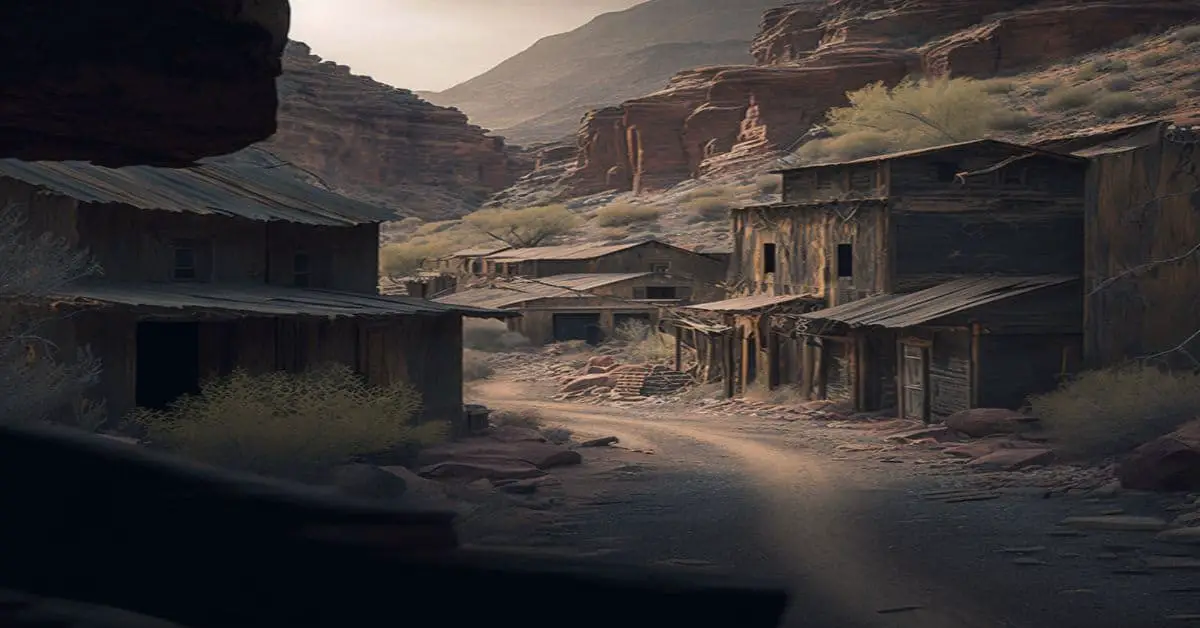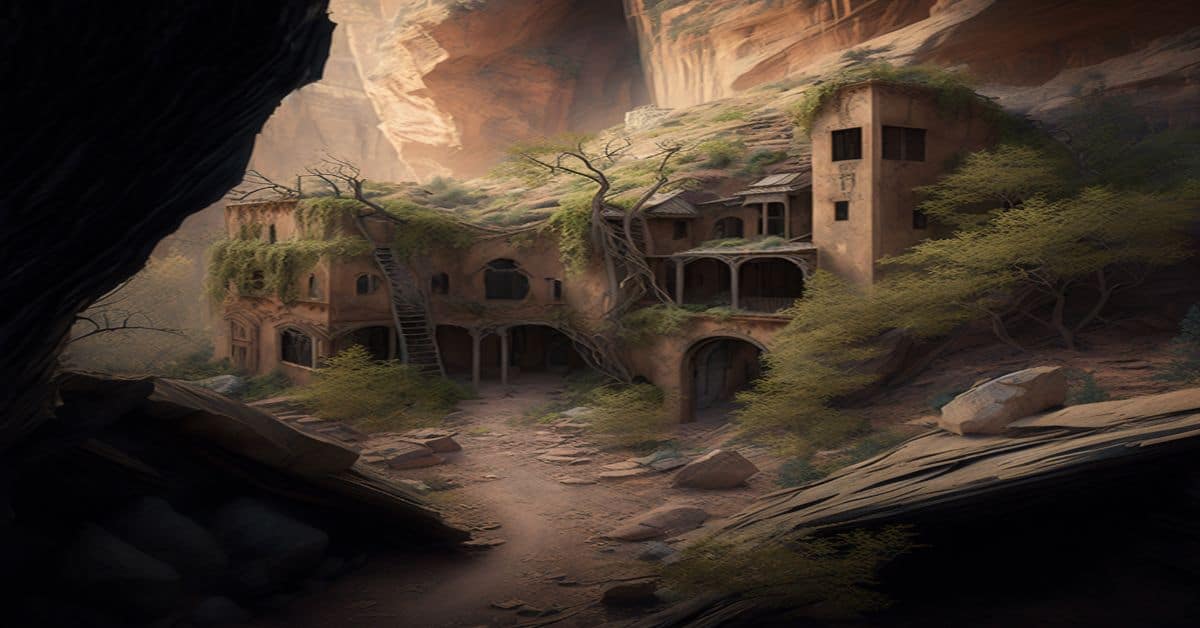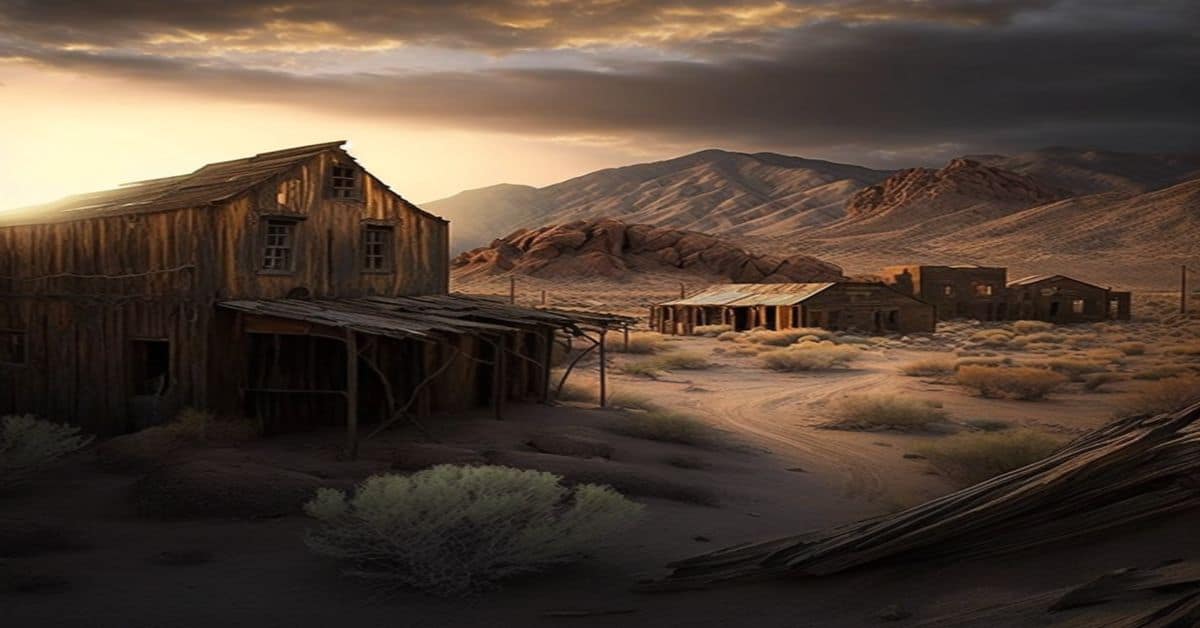The history of Zarah, Kansas, a once-thriving community that now lies abandoned and forgotten, provides a fascinating insight into the economic and social changes that have swept the American Midwest over the past century. Located near present-day 69th and Martindale, Zarah enjoyed a boom from 1880 to the mid-1920s, with a train stop, stores, a grain elevator, and even an amusement park.
However, the Great Depression hit Zarah hard, leading to the closure of many businesses and, ultimately, the town’s demise. Despite the lack of remaining original buildings, the story of Zarah reveals the economic and social forces that shaped the region and the lives of its inhabitants.
This article, ‘Discovering Zarah, Kansas: A Ghost Town’s History,’ delves into the fascinating past of this forgotten community, exploring its attractions and businesses and offering insights into what life may have been like in this forgotten community. The article aims to provide readers with a detailed and analytical account of Zarah’s history, drawing on a range of primary and secondary sources to paint a vivid picture of this once-thriving community.
By exploring the rise and fall of Zarah, readers can gain a deeper understanding of the factors that shape the economic and social history of the American Midwest, making this article essential reading for anyone interested in the region’s past.
Key Takeaways
- Zarah, Kansas, was a town near present-day 69th and Martindale that boomed between 1880 and the mid-1920’s.
- The depression hit Zarah hard, causing the bank, store, elevator, cream depot, and the Lynn Bros. Garage to close.
- The entirety of the town is on private property owned by the BNSF Railway, and no original buildings are left in the town.
- Starwood Park was an amusement park with a Merry-go-round, fishing, and other attractions.
Location and Boom
During the late 19th and early 20th centuries, Zarah thrived as a town located near present-day 69th and Martindale, boasting various businesses such as a state bank, general store, grain elevator, and two car repair shops that contributed to its boom.
The town’s growth was largely attributed to the impact of the railroad, which allowed for the transportation of goods and people and the establishment of the Cream Depot rail stop.
The community life in Zarah was bustling, with residents enjoying the amenities of Starwood Park, an amusement park that housed a Merry-go-round and other attractions.
Zarah’s economy was largely driven by agriculture, with the grain elevator and cream depot as important hubs for farmers to transport their goods. The town’s general store, owned by King’s, provided residents with groceries and household supplies, while the two car repair shops catered to the needs of the growing automobile industry.
The community’s social life revolved around events held at Starwood Park, a popular destination for families and tourists.
Despite its small size, Zarah was a thriving town that played an important role in the development of the Shawnee area.
Attractions and Landmarks
Starwood Park was an amusement park in Zarah known for its various attractions. The park featured a Merry-go-round, fishing, and other exciting activities enjoyed by the locals and tourists alike.
The Merry-go-round was a favorite among the children, who often visited the park with their families. The park was a popular spot for picnics, and visitors could enjoy the beautiful scenery while indulging in various delicious snacks.
Although the park no longer exists, it still holds a special place in the hearts of those who visited it. Many residents of Shawnee have fond memories of the park, and some have even shared their Merry-go-round memories on social media.
While the physical park may be gone, the memories and stories associated with it continue to live on. For those interested in exploring Zarah’s hidden treasures, the remnants of the park can still be seen in the form of two old foundations, two wells, a cistern, and an old metal fence.
Current State and Businesses
The remnants of Zarah, including the Midland Garage, currently belong to private owners, and the town no longer holds any active businesses.
Despite the lack of commercial activity, there have been efforts to preserve the town’s history and cultural significance.
In 1988, Zarah was annexed into Shawnee, KS, and other nearby towns. This allowed the town to be better recognized and more easily preserved.
One such preservation effort is the Midland Railway Historical Association, which operates a railway museum and train rides on the tracks that once stopped at Zarah.
Additionally, the BNSF Railway, which owns the land on which Zarah existed, has partnered with the city of Shawnee to preserve the history and landmarks of the town.
Though there are no active businesses, the efforts to preserve Zarah’s history ensure that its legacy will live on.
“There are no original buildings left in the town, there are a couple on old foundations and that’s all. Where the foundations are has completely grown up in forest, there is also a couple of old wells and a cistern in the woods. The entirety of the town is on private property owner by the BNSF Railway.”
https://www.ghosttowns.com/states/ks/zarah.html
Frequently Asked Questions
What caused the depression that led to the closure of several businesses in Zarah?
The depression that led to the closure of several businesses in Zarah was caused by economic conditions of the time. Understanding Zarah’s depression requires examining the impacts of these conditions, such as decreased demand for goods and services, and reduced access to credit and capital.
Are there any plans to develop the private property owned by BNSF Railway where Zarah used to be located?
Despite the allure of BNSF development, the Zarah property remains untouched due to Zarah’s preservation efforts and the presence of historical artifacts. No plans for development have been announced.
What other towns were annexed into Shawnee, KS along with Zarah in 1988?
In 1988, Shawnee, KS annexed several other towns along with Zarah, including Monticello, Holliday, Wilder, Chouteau, and Frisbie. This was a significant event in the history of Shawnee annexation, and it impacted the area’s development.
Is there any information about the people who used to live in Zarah, such as their occupations or daily life?
Limited information is available about the daily routines and cultural traditions of the former residents of Zarah. However, businesses such as a cooperative grain elevator and car repair shops suggest a primarily agricultural community.
Are any records or artifacts from the town that have been preserved or available for viewing?
Preserved artifacts and historical records from Zarah are limited due to the town’s decline and eventual disappearance. However, the ghost town’s legacy and cultural significance can be seen in the foundations, wells, and metal fence.


